Cabbage Verona Purple
$4.49
Brassica Oleracea Capitata
- Seed Count 300
- Large purple/green heads
- Annual
In stock
Description
Cabbage Verona Purple is a large savoy cabbage that grows to an impressively large 3-4 kilograms with a tight heads. Its tasty, lightly savoyed leaves are very juicy and are covered with a beautiful waxy coating.
It stores well when harvested and is a very attractive variety in the garden.
| Method: Sow direct | Soil Temp: 10°C - 30°C |
| Cool Mountain: Feb - May | Position: Full sun |
| Arid: Feb - Jun | Row Spacing: 70 cm |
| Temperate: Feb - May | Planting Depth: 5 mm |
| Sub Tropical: May - Jun | Harvest: 100 Days |
| Tropical: Apr - Jul | Plant Height: 30 cm |
Growing Conditions
Climate:
- Cabbage thrives in cool weather, ideally with day temperatures between 15-20°C.
- In warmer regions, it can be grown in late summer to autumn or winter; in cooler regions, it’s perfect for spring or autumn planting.
Soil:
- Cabbage prefers fertile, loamy soil with good drainage. A soil amendment of well-rotted manure or compost enhances nutrient content.
- Soil pH should be within the range of 6.0 to 7.0. Conduct a soil test to determine the pH and amend as necessary.
Sunlight:
- Choose a location that receives full sun (6-8 hours a day), which helps promote healthy growth and reduces pest problems.
Planting
Seeds or Seedlings:
- Seed Starting: If starting from seeds, sow indoors 4-6 weeks before the last expected frost, then transplant outside after acclimatizing the seedlings.
- Direct Sowing: Alternatively, sow seeds directly in the garden when soil temperatures reach 10°C .
Spacing:
- Space the plants adequately for good air circulation. Generally, space seedlings 70 cm apart in rows that are at least 70 cm apart.
Care and Maintenance
Watering:
- Keep the soil consistently moist but not waterlogged.
- Regular deep watering (about 5-7 cm per week) is essential, especially during dry spells.
- Mulch around the plants can help retain soil moisture and suppress weeds.
Fertilising:
- Apply a balanced fertilizer or compost when planting, following up with side-dressing once the plants are a few weeks old.
- Look for a fertiliser high in nitrogen.
Weeding:
- Regularly remove weeds that compete for nutrients and water.
- Hand-pulling or shallow cultivation is recommended to avoid disturbing cabbage roots.
Pest and Disease Management
Cabbage is susceptible to a range of pests and diseases. Here are the common ones:
Pests:
- Cabbage Moths and Caterpillars: They can be controlled with floating row covers or natural predators like ladybugs.
- Aphids: Spray with insecticidal soap or introduce beneficial insects like lacewings.
Diseases:
- Black Leg/Clubroot: Rotating crops and ensuring good soil drainage can help prevent disease.
- Downy Mildew: Avoid overhead watering and ensure good air circulation.
Harvesting
Timing:
- Cabbages are usually ready to harvest 70-100 days after planting, depending on the variety and growing conditions.
Signs of Readiness:
- Harvest when the heads feel firm to the touch and reach the desired size. The outer leaves will begin to yellow slightly.
Method:
- Use a sharp knife to cut the head from the stem. Leave a few outer leaves intact to allow for regrowth.
Storage
- Store harvested cabbage in a cool, dark place. Cabbage can last for weeks in the refrigerator, especially if unwashed and kept in a breathable bag.
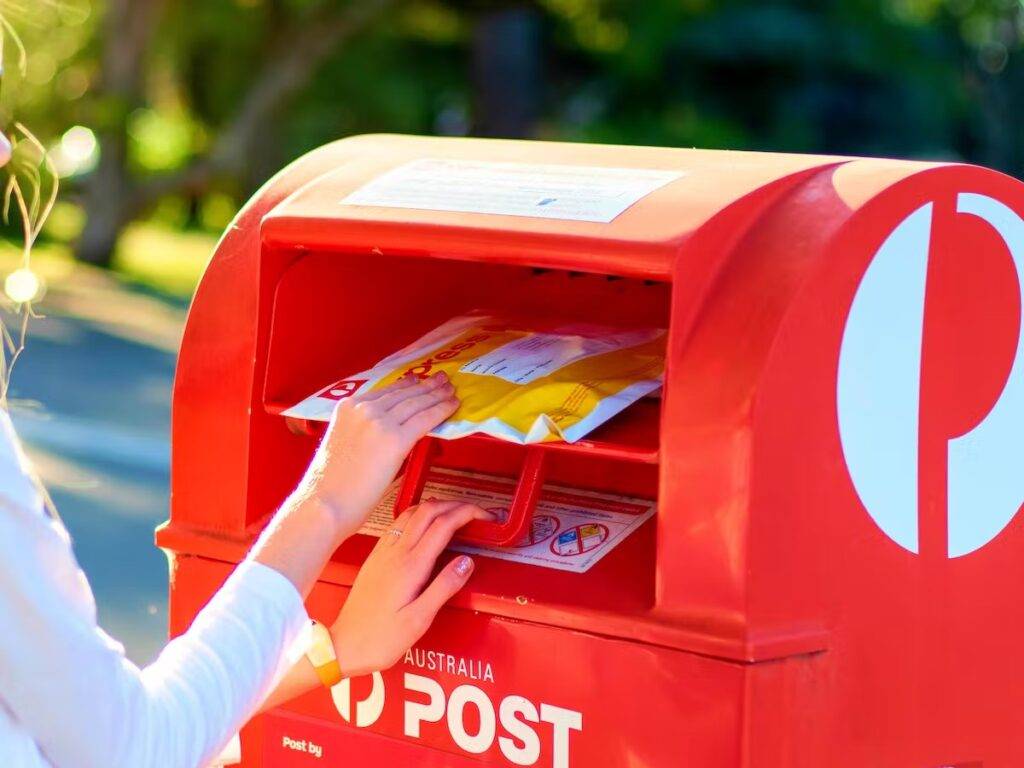
Order Times
Seed orders are normally dispatched within three business days. You will receive an email when seeds are mailed out.
Packaging
No plastics are used in our seed envelopes or postage materials. Everything is compostable and fully bio degradable.
Postage Days
Seeds are mailed out Monday to Friday at 1pm. Except for the Friday of long weekends.
Postage Times
WA 2-3 Days: SA,NT 3-5 Days: NSW, ACT, QLD, VIC: 5-7 Days
Carrier
We use Australia Post Letter Postage for the majority of orders

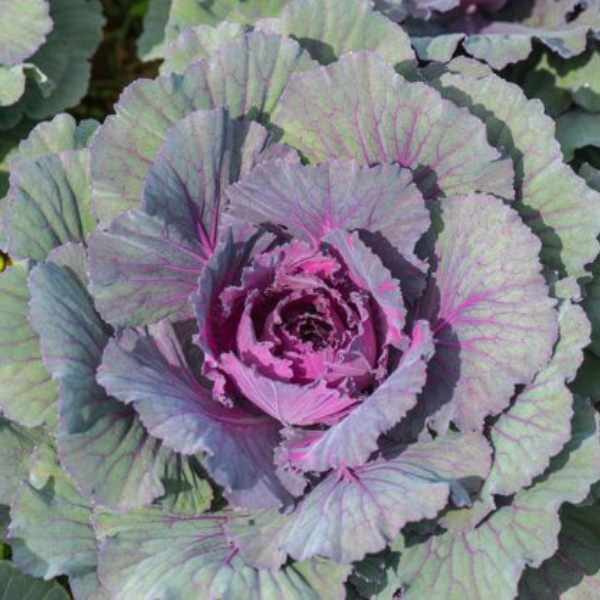
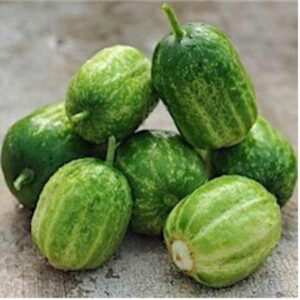
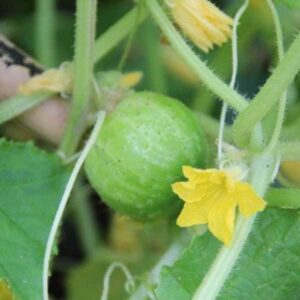
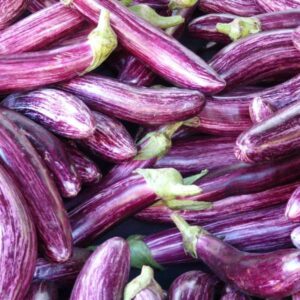
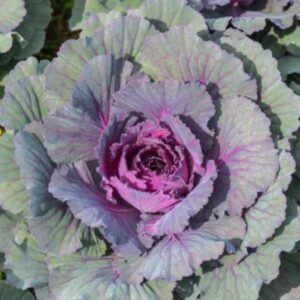
Reviews
There are no reviews yet